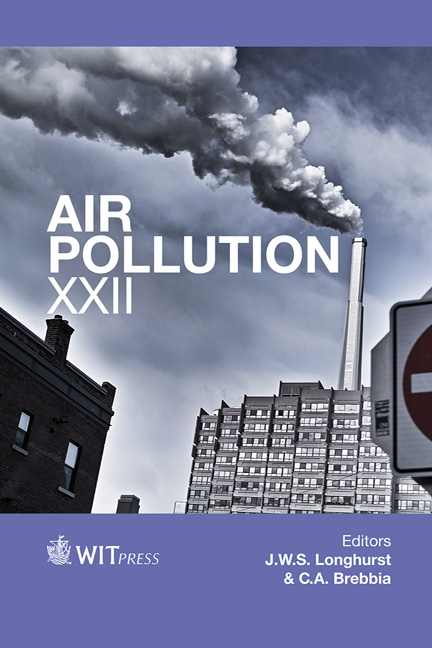Urban Air Quality Plans In Europe: A Review On Applied Methodologies
Price
Free (open access)
Transaction
Volume
183
Pages
12
Page Range
315 - 326
Published
2014
Size
352 kb
Paper DOI
10.2495/AIR140261
Copyright
WIT Press
Author(s)
A. I. Miranda, C. Silveira, J. Ferreira, A. Monteiro, D. Lopes, H. Relvas, P. Roebeling, C. Borrego, E. Turrini & M. Volta
Abstract
Air pollution is seen as one of the most pressing problems in many urban areas with serious implications on the environment and human health. Focusing on this critical issue, the 2008 European Air Quality Directive (2008/50/EC) requires European Member States to design appropriate Air Quality Plans (AQP) for zones and agglomerations where the air quality does not comply with the limit/target values. A review of assessment capabilities and modelling tools used to evaluate the effects of emission abatement measures on the air quality and health has been performed based on a compilation of regional and local AQP. In general, models are applied to estimate emissions and to assess the current air quality and the impact of emission abatement scenarios. Some studies, however, still consider the monitoring network as spatially representative of the study domain and do not include the use of air quality models (e.g. Lisbon Region, Riga, Malta). At this regional/local scale it is not a common practice to apply a more integrated air quality and health approach based on Integrated Assessment Methodologies (IAM). Notwithstanding, there are some exceptions, such as the AQP of Stockholm, Antwerp, Athens, London and several regions of Italy and Denmark, which integrate the assessment of how reductions in emissions improve air quality, reduce human exposure and protect human health. The costs associated to the effectiveness of emission abatement measures are also included in these IAM contributing to the selection of the most cost-effective abatement measures. This review of AQP modelling practices helps understanding the reasons for the still on-going levels of non-compliance, as well as, evaluating available and commonly used tools to predict the air quality and their effects, contributing to the decision-making process on air quality management policies.
Keywords
urban air quality, European legislation, air quality plans, modelling tools, integrated assessment methodologies.





